Once rare in many parts of West Virginia, black bear are now found in all counties, and officials are reminding residents that interactions increase in spring, when care should be taken to secure food. Even in suburbs, residents should bring food indoors in spring and summer, according to Colin Carpenter, black bear project leader for the Wildlife Resources Section of the W.Va. Division of Natural Resources.
"Bear movements are tied to food sources. Bears that roam in and around residential areas in search of food are less likely to stay if they do not find anything to eat, Carpenter wrote in a press release published Monday. "The key to avoiding human-bear conflicts is to remove or secure food attractants before a bear finds them.”
Bear populations have increased in number and distribution in the past 20 years, he said. Bears are now found in areas where they have been absent for decades. Multiple reports of sows with cubs have been received from the northern and western portions of the state.
“There is simply nowhere to move bears that have become a problem,” Carpenter said. "That is why wildlife agencies around the country tell people that a 'fed bear is a dead bear.' ”
Human-bear interactions increase during the spring and summer for several reasons.
- Natural food sources are at their lowest when bears leave their dens in the spring. Bears often spend several weeks feeding on green vegetation while continuing to lose weight. High-energy foods such as serviceberries, blackberries, raspberries, and blueberries do not become available until later in the summer.
- The bear breeding season, which peaks from late June through July, puts many bears on the move. During the breeding season, males may cover large areas in their search for females. This is also the time of year when adult female bears will chase off their yearlings so that they may breed again.
- Human-related food sources are higher in calories and easier to obtain than natural foods. All bears, but especially yearlings that are on their own for the first time, will take advantage of easy food sources.
Bears will continue on their way if they do not find easy food sources, Carpenter said.
Bear quickly become habituated to handouts in the form of trash, bird seed, pet food, and feed placed out for other animals, causing them to lose their fear of humans. They resort to raiding garbage, outdoor freezers, storage sheds, vehicles, and other structures associated with people.
"Unfortunately, when these activities are repeated, division personnel are forced to humanely destroy the offending animal for safety reasons. The unintentional feeding of black bears is something that can be prevented,” Carpenter said.
He offers the following tips for discouraging hungry bear.
- Garbage should be secured in a bear-proof facility and placed out for collection on the morning of pickup, not the night before.
- Food scraps that produce large amounts of odor should be sealed in a plastic bag before being placed in the trash.
- Food scraps should not be placed in a compost pile during the summer months.
- Residents should remove all outside pet food at night and bird feeders should be taken down, cleaned, and stored until late fall to further discourage bears from feeding around human habitation.
"If you do not remove food attractants until after a bear has become a nuisance, you may have caused the death of that animal.”
Feeding of any wildlife should be avoided for numerous reasons, he said, including, but not limited to, disease transmission, increased predation, habitat destruction around the feeding site, ethical concerns, and the animal’s overall health.
“Following these practical and common sense recommendations will reduce human-bear conflicts and assure that more of the state’s animals remain wild,” Carpenter said.






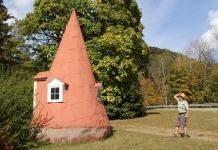


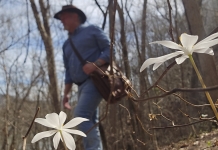






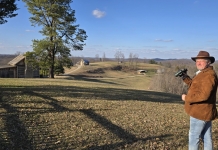

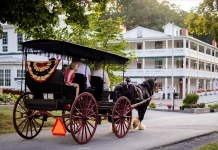


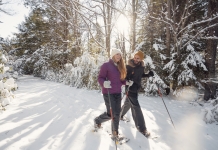
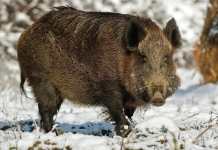

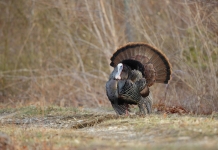
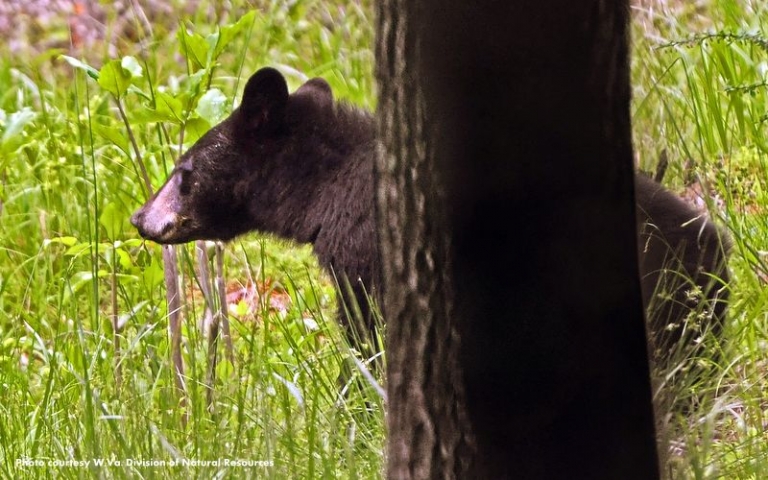




if more people composted, less bear would get into trash cans. We throw to much edible stuff away. We wonderful why nature is always trying to find a way to reuse our waste. Here is a link to learning a little bit about composting. Composting with almost zero odor is the key to not attracting wildlife. http://whereismavis.com/how-to-compost/